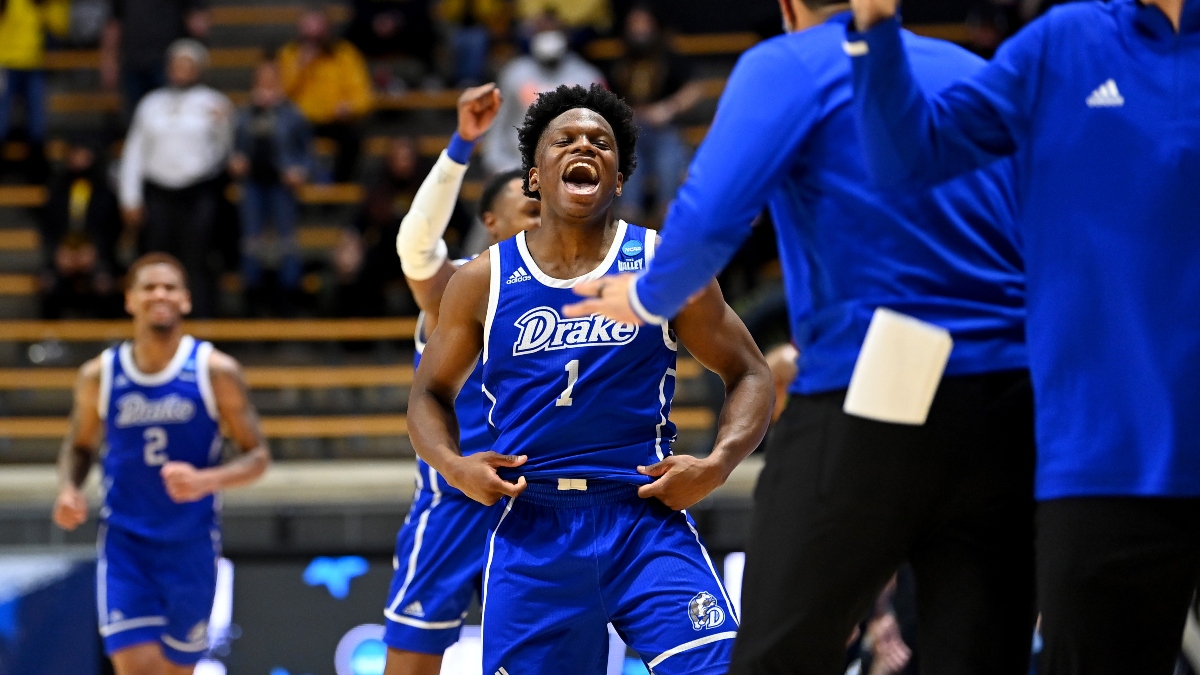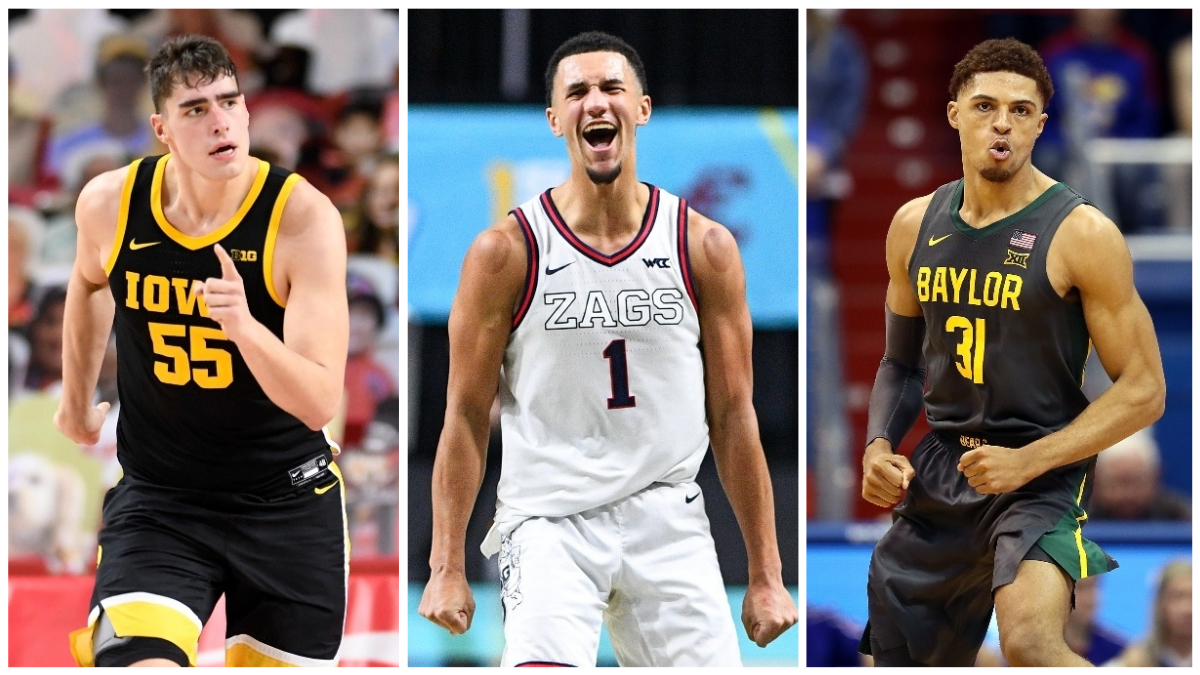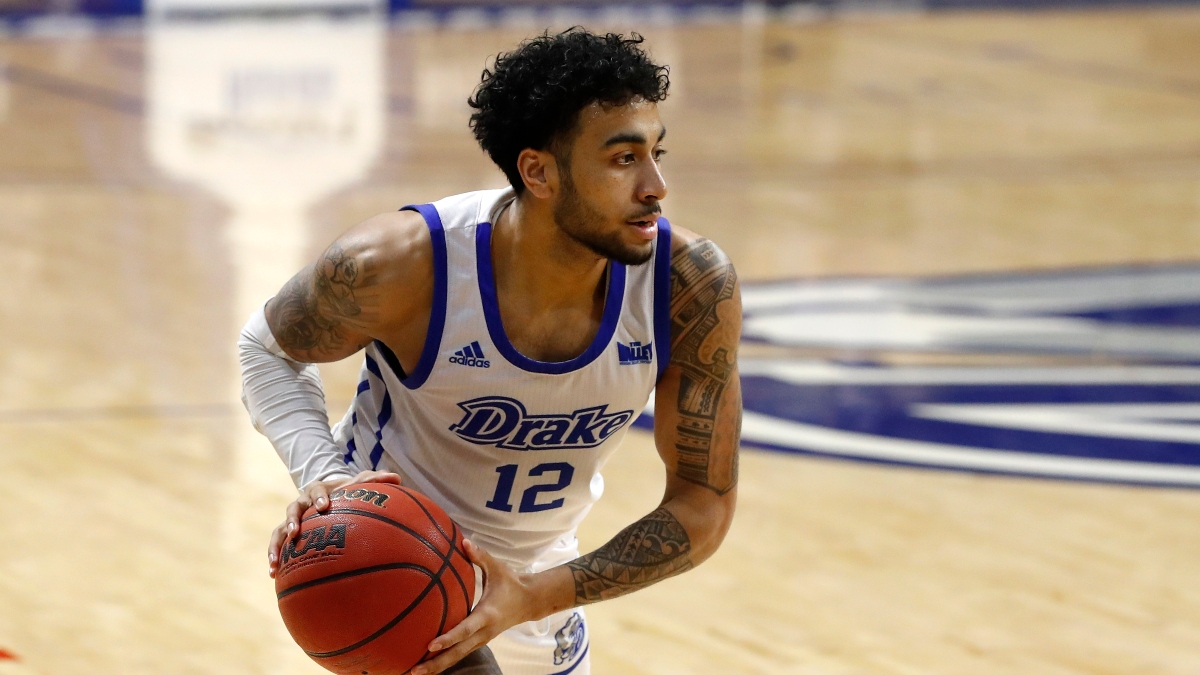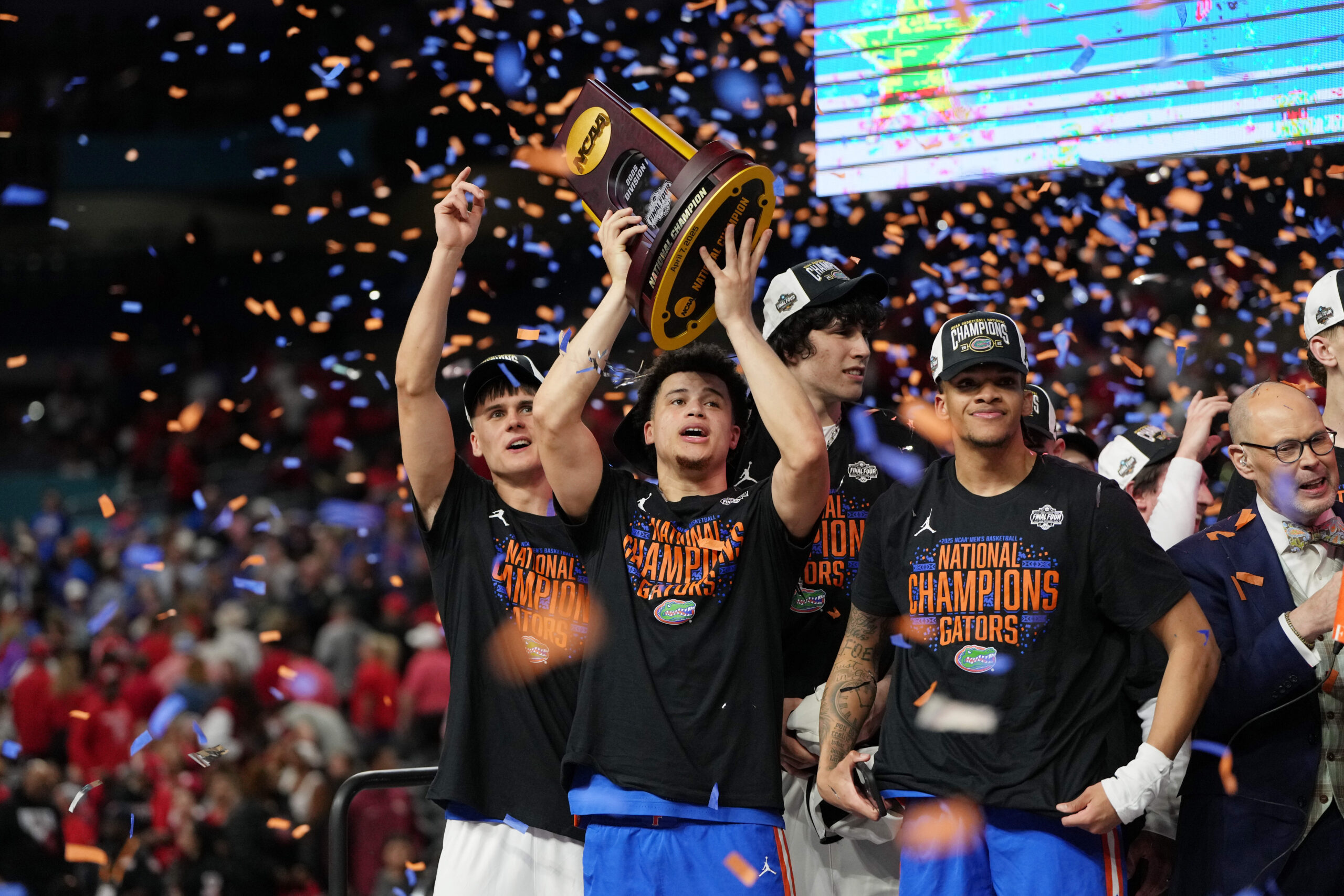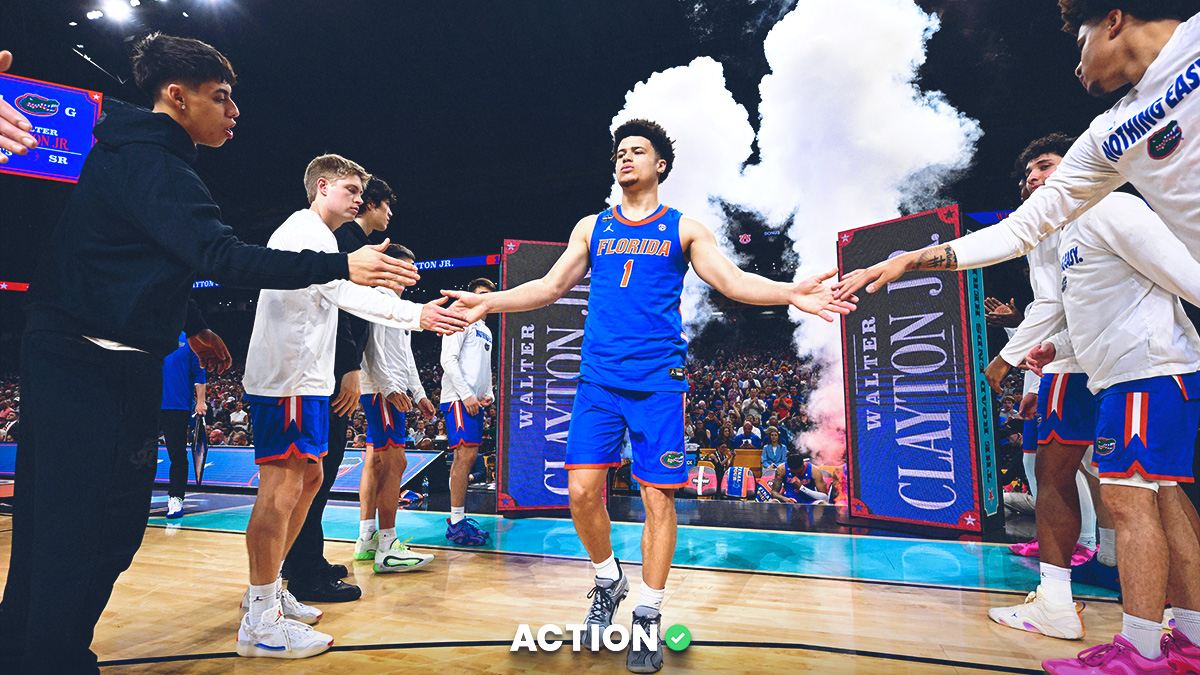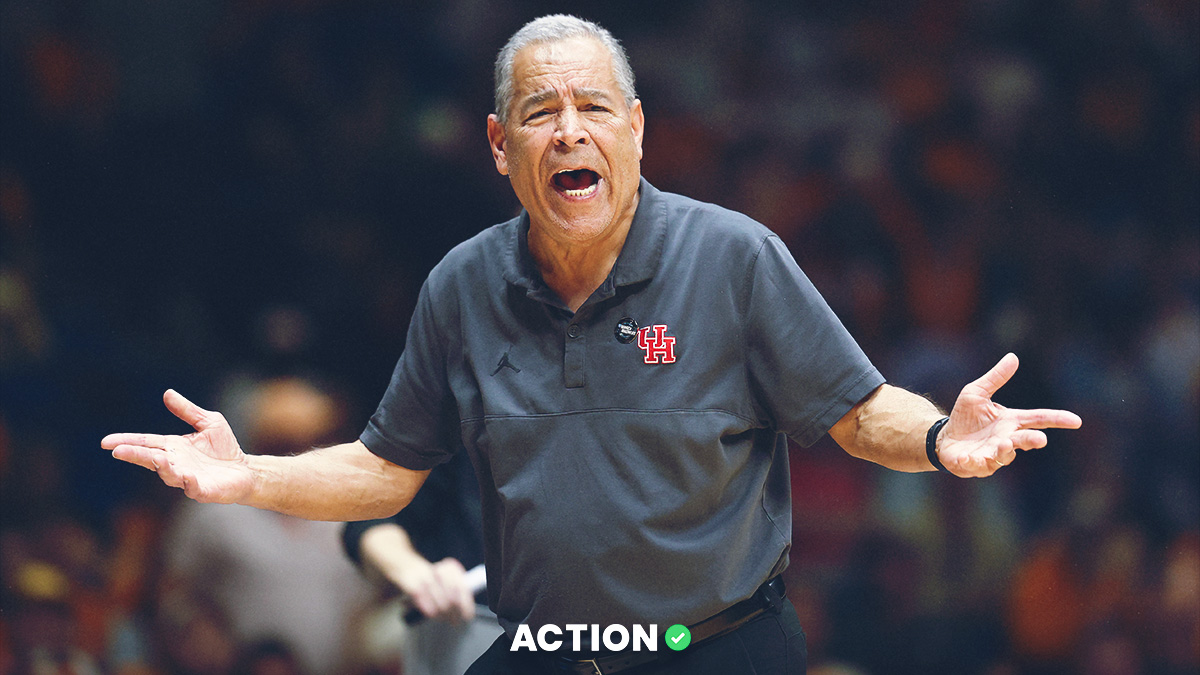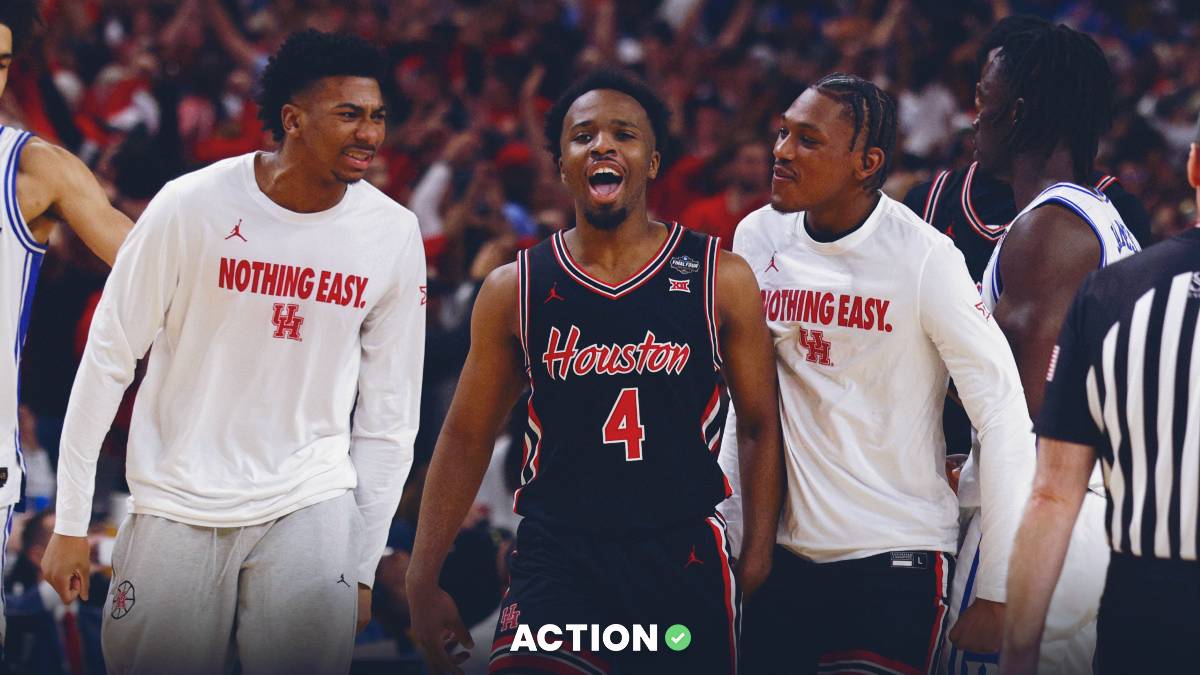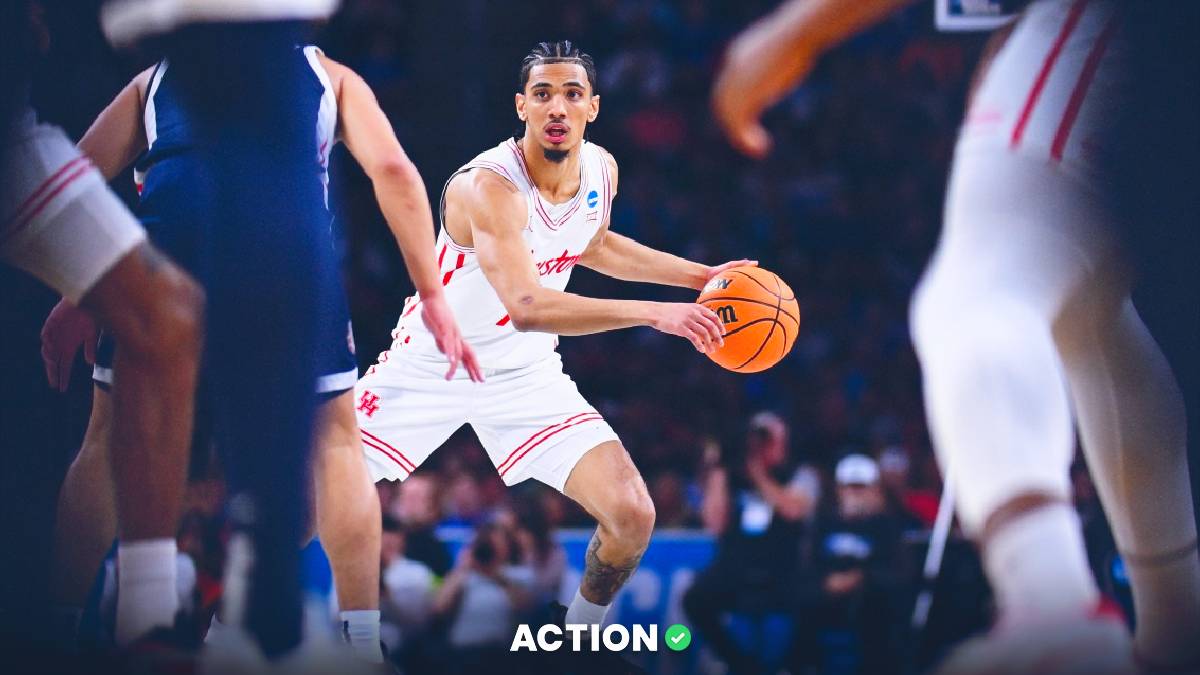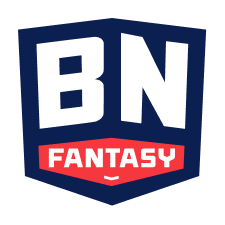One of the First Four teams always gets hot.
In 2011, the NCAA Tournament expanded to 68 teams and scheduled four games to be played prior to the start of the traditional Round of 64.
In every year since, one of the teams from the First Four has advanced into at least the Round of 32. Let’s take a closer look at each season.
History of the First Four
2011: No. 11 VCU
Advanced To: Final Four
VCU solidified the massive appeal of the First Four. The Rams, coached by Shaka Smart, defeated USC 59-46 in their initial matchup, before going on a historic run. VCU then defeated No. 6 Georgetown by 20 points, No. 3 Purdue by 18, No. 10 Florida State in overtime, and No. 1 Kansas by 10 to reach its first Final Four.
2012: No. 12 South Florida
Advanced To: Round of 32
Head coach Stan Heath led the Bulls to a comfortable 11-point win over California before beating No. 5 seed Temple, 58-44. South Florida then lost a close game to No. 13 Ohio, who subsequently took No. 1 North Carolina to overtime in the Sweet 16.
2013: No. 13 La Salle
Advanced To: Sweet 16
John Giannini’s Explorers earned a 80-71 win over Boise State after being eliminated in their first game of the Atlantic 10 tournament by Butler. They followed that up with a 63-61 upset of No. 4 Kansas State and another two-point win over No. 12 Mississippi. La Salle finally succumbed to No. 8 Wichita State, 72-58, as the Shockers made a run to the Final Four.
2014: No. 11 Tennessee
Advanced To: Sweet 16
The Volunteers knocked off 78-65 in a great opening-round overtime game, before blitzing No. 6 UMass 86-67. Tennessee continued its First Four magic by defeating 14-seeded Mercer to reach the Sweet 16, where Cuonzo Martin’s team fell to Michigan.
2015: No. 11 Dayton
Advanced To: Round of 32
The Flyers were propelled by their home court advantage to a 58-57 win over Boise State in the First Four. Dayton kept the 11-seed magic going with a comfortable 66-53 win over Providence, before falling victim to a massive comeback by 3-seed Oklahoma in the Round of 32.
2016: No. 11 Wichita State
Advanced To: Round of 32
For the sixth year in a row, a First Four team advanced beyond the opening round when Wichita State followed a 70-50 blowout of Vanderbilt with a 65-55 upset of 6-seed Arizona. The Shockers jumped out to a 31-19 halftime lead and never looked back. Wichita State then fell to 3-seeded Miami, 65-57, blowing a late-second half lead.
2017: No. 11 USC
Advanced To: Round of 32
Andy Enfield’s Trojans garnered a 75-71 win over Providence and then a 66-65 opening round win over AAC Tournament champion SMU. USC gave No. 3 Baylor everything the Bears could handle in the Round of 32 but lost, 82-78.
2018: No. 11 Syracuse
Advanced To: Sweet 16
The First Four is tailor made for a team like Syracuse with a great coach in Jim Boeheim. The Orange survived a close game with Arizona State before upsetting 6-seed TCU. Syracuse then shocked 3-seed Michigan State before putting forth a valiant effort in a 69-65 loss to 2-seeded Duke.
In 2019? The magical streak ended, with no First Four team advancing past the Round of 64. The closest possibility was 11-seeded Belmont, which narrowly lost, 79-77, to Maryland after defeating Temple, 81-70.
So, which team has the best chance to get the First Four back on track, and advance past Saturday’s opening round? While UMBC taught us to always believe, it’s hard to envision either Norfolk State or Texas Southern advancing as 16-seeds. The Spartans battle the overall No. 1 seed Gonzaga, while the Tigers will try to run with No. 1 seed Michigan.
The Zags will roll, and while the Wolverines will be without scorer Isaiah Livers, the up tempo style of Texas Southern is not a great match for a Wolverines team that averages 76.2 PPG.
Let’s take a closer look at each of the 11-seed matchups.
No. 11 UCLA vs. No. 6 BYU
The Bruins certainly fit the profile of a team that could give BYU a major problem. UCLA earned an impressive overtime win over a physical Michigan State team, 86-80. The undersized Bruins matched the Spartans on the boards with 33 total rebounds, and their defense forced Michigan State into four more turnovers (12 total). UCLA can get hot from deep, having shot a blistering 50% (9-of-18) from beyond the arc led by sophomores Jaime Jaquez and Johnny Juzang against Sparty.
The key to this matchup is the health of Juzang, who was carried off the court late in overtime with an ankle injury. If he plays, the Bruins have a good chance at the upset over a BYU team that will not force turnovers. The Cougars pack in their defense and rely on their backcourt of Alex Barcello (15.9 points, 48.6% 3-point shooting) and Brandon Averette (11.5 points, 36% 3-point shooting) to score.
With guards like Jacquez and point guard Tyger Campbell combining for 2.5 steals per game, the Bruins should be able to slow down the Cougars’ backcourt. The matchup makes Juzang being healthy critical here.
BYU also used 7-foot-4 center Matt Haarms (11.3 points, 54.8% 2-point shooting), but UCLA has experience defending USC big man Evan Mobley, and the Bruins were successful against a much more intimidating frontline in Michigan State.
If Juzang was completely healthy, I would love the Bruins here at the projected line of UCLA +3. But it would be hard to back UCLA if Juzang is out, unless the line ballooned to UCLA +6 or greater.
Winner: BYU
Spread: UCLA +3 if Juzang plays, UCLA +6 or more if Juzang is out
No. 11 Drake vs. No. 6 USC
Drake is the most likely First Four team to advance, after a thrilling 53-52 comeback victory over Wichita State. The Bulldogs were completely lost on offense for most of the first half, struggling to adjust to the return of leading-scorer ShanQuan Hemphill. The 6-foot-6 senior played only 10 minutes and managed just three points, but appeared to force Drake away from their best player during Hemphill’s absence, sophomore Joseph Yesufu. The 6-foot-6 sophomore finally got going in the second half, and finished with 21 points including 3-of-9 from 3-point range.
JOSEPH YESUFU 😱pic.twitter.com/UNayktXnQJ
— The Action Network (@ActionNetworkHQ) March 18, 2021
Drake has enjoyed this magical aura that seems to keep the wins coming despite a myriad of injuries. The Bulldogs are without starting point guard Roman Penn (11.2 points, 5.5 assists), yet have hardly missed a beat with Yesufu. Hemphill’s return solidifies their frontcourt, which is critical against USC 7-foot super frosh Mobley.
Mobley and his brother, Isaiah, combine to average 26 points, 16 rebounds and four blocks per game. Drake will need to limit their interior dominance, but should be able to limit the 3-point efficiency of USC guard Tahj Eaddy (13.7 points, 39.2% 3-point shooting).
The Trojans' last five games away from Los Angeles have all been close. They lost to Colorado and Utah, beat UCLA by one, then beat Utah in double overtime before losing to Colorado again. The Utes are not an NCAA Tournament team, and the Buffaloes have limited resistance on the interior as well.
Drake was one of the best cover teams in all of college basketball, finishing the regular season with a 20-7-1 record. I will gladly take the five points with a Drake team that seems to be on a magical ride this season. Hemphill has a game under his belt and the Bulldogs should again shoot well from 3-point land. I’m rolling with the Bulldogs on a line that should be at least five points.
Winner: Drake
Spread: Drake +5, should go higher


